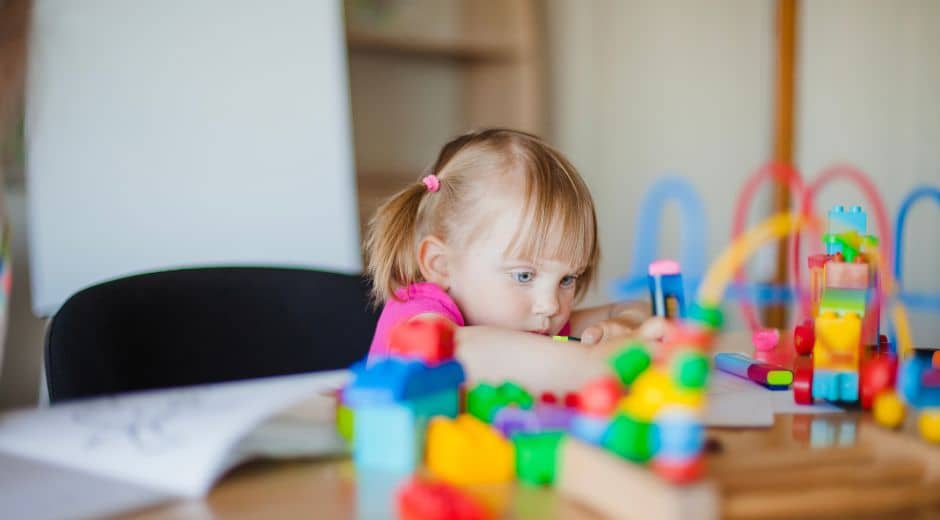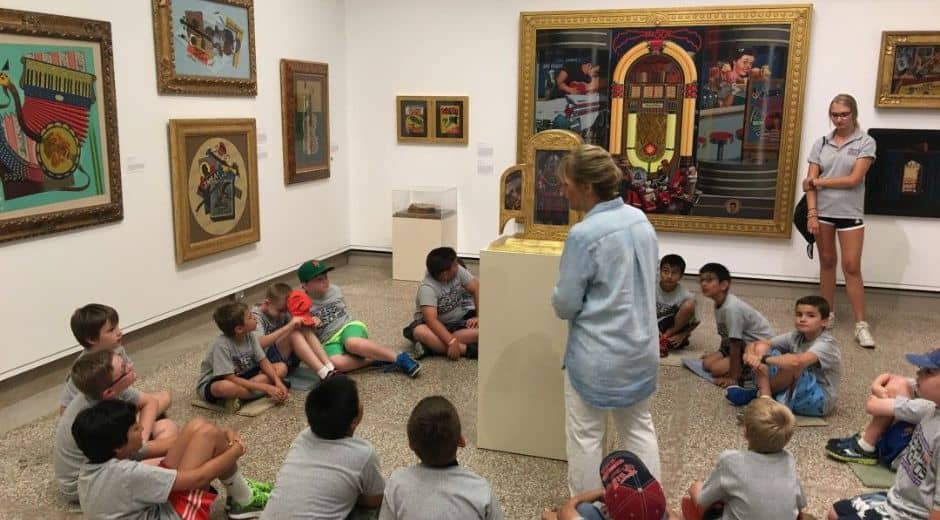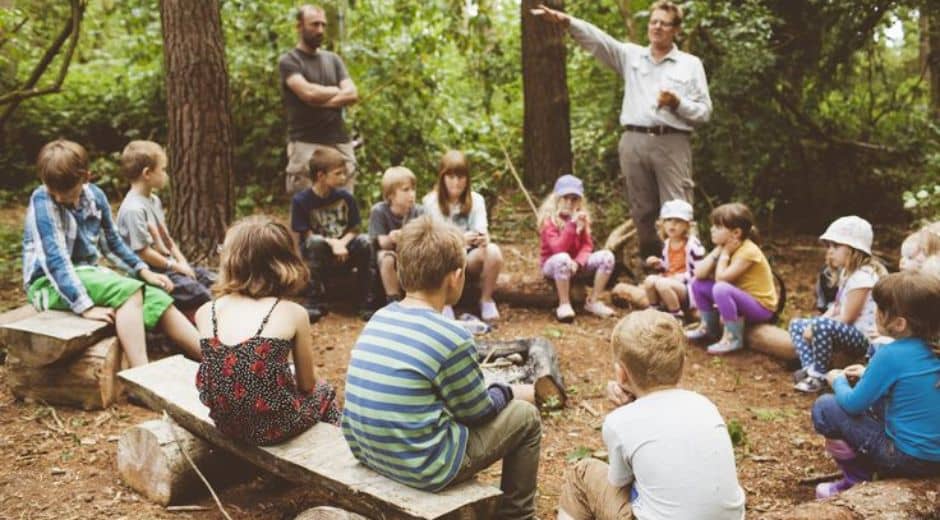Bilingual Brilliance: Unlock Your Child’s Potential
Bilingual Brilliance: Unlock Your Child’s Potential
In today’s interconnected world, raising a bilingual child is more than a skill — it’s an investment in cognitive growth, cultural awareness, and lifelong opportunities. Encouraging children to embrace multiple languages fosters communication, empathy, and creativity. The benefits of a bilingual upbringing extend far beyond vocabulary, shaping not only academic success but also emotional intelligence and adaptability.
Parents increasingly recognize the importance of creating environments where language learning feels natural, fun, and inspiring. From early exposure at home to immersive experiences in school, raising a child is a journey that blends structure, curiosity, and encouragement. Platforms like Parents.com emphasize that fostering multiple languages early enhances problem-solving skills and promotes cognitive flexibility.
Why Bilingualism Matters
Research consistently highlights the advantages of development. Children who learn two or more languages show stronger executive function, better multitasking abilities, and improved attention spans. These benefits stem from the mental exercise involved in switching between languages, processing complex grammar, and understanding cultural context.
Beyond academics, bilingual children often develop heightened social awareness. They learn to navigate different cultural norms, communicate effectively with diverse groups, and cultivate empathy. A child exposed to multiple languages grows not only in intellect but also in emotional depth, a critical foundation for confident, compassionate adulthood.
Creating a Language-Rich Environment
One of the first steps in nurturing bilingual growth is creating a rich language environment at home. Parents can incorporate dual-language books, songs, and games into daily routines, making learning feel playful rather than forced. Simple strategies, such as reading a bedtime story in one language and discussing the day in another, encourage children to think flexibly and engage actively.
Immersive experiences also accelerate bilingual proficiency. Travel, cultural events, and interactive activities provide authentic contexts for language practice. For example, a family trip to a country where the target language is spoken can transform learning into adventure. Resources such as TripBeyondTravel highlight how cultural exposure enhances linguistic skills and broadens a child’s worldview.
Consistency and Encouragement
Consistency is key in fostering bilingual growth. Regular exposure, structured practice, and gentle reinforcement help children internalize new vocabulary and grammar. It’s important to celebrate small milestones, turning every new word or successful conversation into a moment of pride.
Encouragement, rather than pressure, is crucial. Children are more likely to engage with a second language when they feel confident and supported. Parents can model enthusiasm for learning, participate in language activities, and normalize mistakes as part of the journey. This approach nurtures both skill and self-esteem, ensuring that bilingual development is positive and sustainable.
Education and Bilingual Programs
Schools play an important role in bilingual development. Dual-language programs, immersion schools, and after-school language clubs provide structured learning while maintaining engagement and enjoyment. Selecting programs aligned with a child’s interests enhances motivation and retention, transforming language learning into a meaningful, exciting experience.
Parents are encouraged to communicate with teachers, monitor progress, and reinforce skills at home. By creating a seamless link between school and home, children gain confidence and fluency, mastering not only vocabulary but also the cultural nuances that enrich bilingual competence.
Cognitive and Emotional Benefits
The cognitive advantages of bilingual children extend into adolescence and adulthood. Studies reveal improved memory, better problem-solving, and increased creativity. Switching between languages strengthens mental agility, preparing children to navigate complex social and professional environments later in life.
Emotionally, children often demonstrate greater empathy and adaptability. Exposure to multiple languages fosters understanding and appreciation of different perspectives, helping children navigate diverse social contexts with ease. These benefits support holistic development, making language learning a cornerstone of both intellectual and emotional growth.
Tips for Parents
Start Early: Introduce languages as early as possible, but remember that curiosity and engagement matter more than age alone.
Integrate Language into Daily Life: Use songs, games, and conversations to reinforce learning naturally.
Celebrate Milestones: Positive reinforcement motivates children and strengthens confidence.
Expose to Culture: Books, travel, and media in the target language enrich understanding and maintain interest.
Model Enthusiasm: Children follow parental cues; showing excitement about language encourages participation.
By consistently applying these strategies, parents create an environment where bilingual development feels natural, exciting, and rewarding.
Long-Term Impact
Raising a bilingual child is not just about mastering words; it’s about unlocking potential. Children who grow up speaking multiple languages are better prepared for global opportunities, enriched cultural understanding, and strong interpersonal skills. They develop habits of curiosity, problem-solving, and adaptability that serve them throughout life.
At CoolParentingTips, we emphasize that supporting bilingual growth is an ongoing process. With patience, encouragement, and intentional exposure, children flourish academically, socially, and emotionally. Integrating language into everyday routines ensures that learning is both effective and enjoyable.
Conclusion
Bilingualism is a gift, and nurturing it requires dedication, creativity, and insight. By fostering a bilingual environment, parents give children the tools to succeed in a connected, globalized world. Through reading, play, immersive experiences, and consistent encouragement, children develop fluency, confidence, and a lifelong love for languages.
Ultimately, raising bilingual children is about more than language — it’s about fostering curiosity, empathy, and a mindset that embraces opportunity and growth. With thoughtful guidance and support, parents can unlock their child’s full potential, preparing them to thrive academically, socially, and culturally.
Learn Bond Bloom

Calm Corner Setup for Emotional Regulation
Calm Corner Setup for Emotional Regulation

Big Feelings Tools Kids Can Learn Fast
Big Feelings Tools Kids Can Learn Fast

Picky Eating Solutions That Feel Simple
Picky Eating Solutions That Feel Simple

Morning Routine Ideas for Smoother Days
Morning Routine Ideas for Smoother Days













